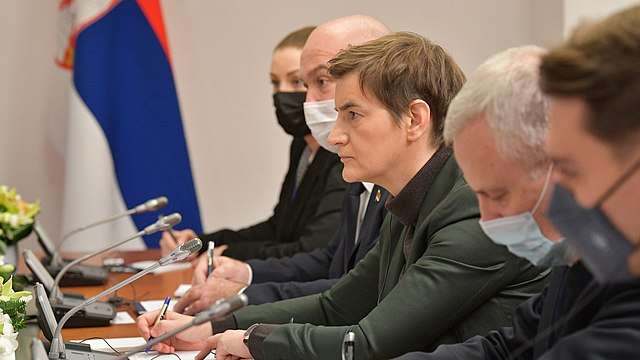International mining giant Rio Tinto does not appear to have given up on lithium mining in Serbia, with various Serbian media reporting that it continues to attempt to gain permitting—but not without more than a few bumps along the way.
The company, according to the Renewables and Environmental Regulatory Institute (RERI), as cited by ekapija.com, currently lacks a complete environmental impact study, with this appearing to have resulted from the government suddenly cancelling the project in January 2022. That said, the Ministry of Mining and Energy has again and again extended deadlines in the past.
Yet despite the fact that the company saw its lithium mining Jadar project effectively canceled more than a year ago, it has also been backed by the US government and US-based Betchel. Meanwhile, Serbian President Aleksandar Vucic has lamented—to the disdain of environmental groups—the fact that mining has not gone forward, stating in February that he has been “the only one who openly says that we made a mistake with to lithium [mining].
“I still say we made a mistake–we could have forced mining companies to work to the highest standards and Serbia would have flourished,” he added at the time.
Lithium mining has been a flash point in Serbia, with environmental groups protesting the dangers of ecological damage. Rio Tinto, however, committed EUR 2.4 bln to exploitation in Serbia in 2021, and arecent story by the news investigative site, Balkan Insight, claimed that the company has spent EUR 1 mln on a closed location already this year, and that the spectre of a national referendum could put all plans under threat.
The site noted at the time that Serbian Prime Minister Ana Brnabic sees “no way back” on the Rio Tinto Jadar mine, although the company has reportedly “not given up.”
For Vucic’s part, he claimed that even if Serbia suddenly reversed course that it would have lost potentially five years of development, and that much still needs to be done to achieve GDP 2.5 percent growth in order to catch up with prospering EU countries.
Photo of Serbian Prime Minister Ana Brnabic by government.ru, CC BY 4.0 <https://creativecommons.org/licenses/by/4.0>, via Wikimedia Commons.
